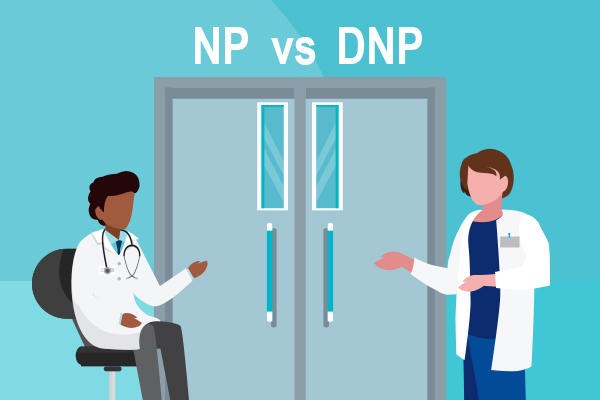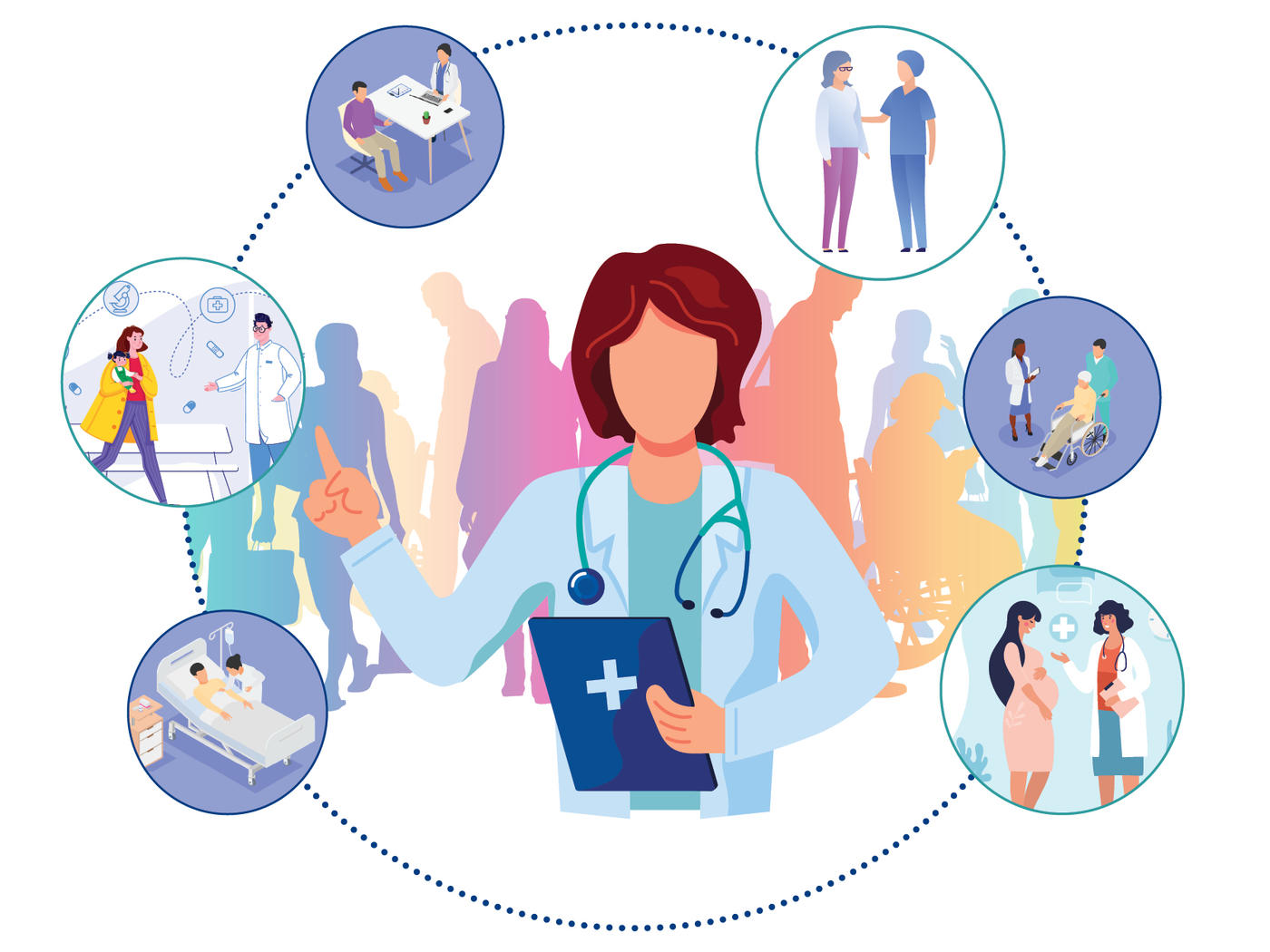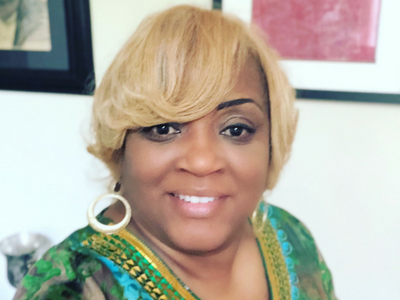Featured
Tags
Share
- Home / Blog / Nursing Today / Diversity and Inclusion – How Do They Relate to Healthcare?
Diversity and Inclusion – How Do They Relate to Healthcare?

The terms “diversity” and “inclusion” are used so often they have become buzzwords and we might not consider how diversity and inclusion are two very different things. Healthcare organizations need to address diversity and inclusion in order to improve health equity for all. These issue were discussed in a recent webinar session entitled, “The Brilliance of Diversity in the Workplace”.
The webinar was hosted by Tanya Kimber-Jones, worldwide solutions manager for Chamberlain University. The panel consisted of Dr. Janelle Sokolowich, Dean, Academic Operations, Chamberlain University, and Dr. Pamala Levesque, Dean of Chamberlain’s Diversity and Inclusion Council.
You can watch the full video on Facebook: “The Brilliance of Diversity in the Workplace”. Here are some of the key points and audio bites from that presentation.
What is the Difference Between Diversity and Inclusion?
If we want to achieve health equity for our patients, we must first look at our workplace to see if there is diversity of race, religion, gender, age, etc. Even if there is such diversity, the next question is: does everyone feel included in the daily work of the organization? Are all voices heard? Does everyone feel that their culture and values are respected? This second component is inclusion and as Dr. Levesque says, it’s very important to the success of the school or the organization:
“We can have a diverse population in higher education or a diverse population in a workplace. But if we don't make it safe for everybody to be included, then voices are not heard. If it's not safe for people to bring who they are to whatever environment events, then we won't have engagement. And we know that workplace engagement and workplace commitment and turnover is really connected to people feeling safe and included in their work environment.” - Dr. Pamala Levesque
The research on “racial concordance” is clear: patients who have a healthcare worker who looks like them have better health outcomes. A higher, and quicker level of trust is established when this concordance occurs. You might say, “But I can’t change my race for each patient.” Of course you can’t – but the research shows that there are things you can do to get that level of trust that is so important to positive health outcomes, like patients accepting a diagnosis or adhering to a medication schedule. Let’s take a look at this next.
How do We Create an Inclusive Environment?
You might be asking yourself, "But what can I do to make my workplace more inclusive? The panel has some suggestions for you.
Start with ourselves
Realize that it is quite natural for us to identify with and take pride in our own cultural history. We could also ask ourselves this question: “What biases do I have? Am I taking the time to learn about the cultures and attitudes of people from different backgrounds than my own?”
As Dr. Levesque points out, we build an inclusive environment by starting with a better understanding of ourselves.
“We have unconscious bias and it's natural pending on how we're raised or our family of origin. So it isn't something to be judged. There is no fault to be had, take some private time to begin some assessing of those unconscious biases. One of the first things I think is really important is to not make assumptions about how somebody feels about something in their choices, their lifestyles. I think if we can also just stop for a minute and check ourselves about what our assumptions are about any particular individual, it's a good place to begin.” - Dr. Pamala Levesque
Dr. Levesque mentioned that there are resources available to help us do that self-reflection, such as the Implicit Association Test which can give you some insight into your own unconscious biases.
Take a close look around
As you walk around your workplace, ask yourself: is everyone being included in decision-making? Is everyone included in workplace activities? Is everyone’s voice respected? The panelists asked that we try to “look through the lens” of diverse persons. Would your workplace look like an inclusive environment to them?
Ask Patients Questions About Their Background
No one is expected to be an expert on the preferences and practices of diverse cultures and that’s why, as Dr. Sokolowich points out, one of the first things you can do is ask questions.
“How can I, as a nurse at the bedside, create policies to change the way we handle our patient population? A small thing that can be done for most anyone is ask questions, seek clarity, be honest. When you are managing a patient, maybe you don't understand the culture, maybe you don't understand the background. Oftentimes it's the fear of asking the question, “What would you prefer me do?”, “What would be best with your culture and your background?”, “What would be best for me to do?” You can ask those questions. People really will value that you recognize the difference. You don't pretend the difference isn't there. We celebrate the difference by acknowledging it and asking questions.” - Dr. Janelle Sokolowich
“Don’t pretend the difference isn’t there – celebrate it.” - Dr. Janelle Sokolowich
Cultural and linguistic Competency
Dr. Sokolowich pointed out that 85% of the people who are not born in the U.S. don’t speak English at home. As a result, when patients for whom English is not their native language come in for treatment, they’re going to have an added frustration. As she explains, this is only one reason why our healthcare workers need to be linguistically diverse:
"This is how I explain it to students when I teach them about caring for patients who are linguistically diverse: when you fall, whatever your home language is, what you yell out in. So under distress, that's what you relate to. You immediately go back to the way you were when you were seven and fell and hit your knee. And it hurts so bad. And that's what happens when that patient walks into the health care setting." - Dr. Janelle Sokolowich
To increase your cultural and linguistic competency, you should strongly consider taking a free online course offered by the Office of Minority Health entitled, “Improving Cultural Competency for Behavioral Health Professionals.” This course will help you learn more about your cultural background and how it affects your work with patients from different backgrounds. You can also earn 4-5.5 contact hours by taking this course.

Dr. Sokolowich encouraged everyone to become familiar with the National Standards for
Culturally and Linguistically Appropriate Services document published by the U.S. Department of Health and Human Services, Office of Minority Health.
The U.S. Department of Health and Human Services, Office of Minority Health, has published the National Standards for Culturally and Linguistically Appropriate Services (CLAS) in Health and Health Care to help those interested in promoting health equity services to underserved populations. As Dr Sokolowich pointed out, your skill working with a linguistically diverse population must go beyond using a human (or app) translator. Another place to learn more and get assistance would be your local health department.
[Cultural and linguistic competency] isn't a gift we give to people - it’s a right. - Dr. Pamala Levesque
The Time Is Now
Tanya ask the panel for some final suggestions regarding what you can do to make a difference. Their thoughts:
- Dr. Janelle Sokolowich: "Pick the low hanging fruit”. In other words, start by finding someone who cares about this topic as much as you do. Pick one thing you can do with that person. There are many things you can do – pick one initially with that person – someone who will also bring out that perhaps your leadership lacks diversity, or that the workplace isn’t appealing to the linguistically or culturally diverse. Be bold.
“The first thing to do is just to speak up. You are the person that has a voice. And whether that voice be in an email, a survey that went around - write it in the comments. People are paying attention. It's okay to ruffle a little feathers that can really make a big change. You have to bring it forward, have to be willing to be bold. And I know it's uncomfortable. So if you have to put it in an anonymous email, do that. If you have to send it in an open letter to leaders, do that. But use your voice. We have to get to a point in which we are acknowledging, empowering, supporting, protecting every single person and valuing their experience, their background, all that they've gone through to just be a human.” - Dr. Janelle Sokolowich
- Dr. Pamala Levesque: encouraged everyone to be very observant at your workplace or school. Keep an eye out for microaggressions against diverse peoples. Be an advocate for them.
“Stand up, be a champion for that person who you feel isn't being heard or recognized, or there are microaggressions going on. He familiar with what that looks like wherever you are. Those microaggressions against people, race, minority, sexual, and gender, whatever it might be happen. And we have to notice them and speak up about them.” - Dr. Pamala Levesque
- Tanya Kimber-Jones wrapped up the session with a brief summary and then put it all in these two words: “Speak up!"
Resources
By Michael Britt
More from Nursing Today
Request More Information
To receive the Chamberlain University Program Guide, including associated career paths, please select a program of study.







